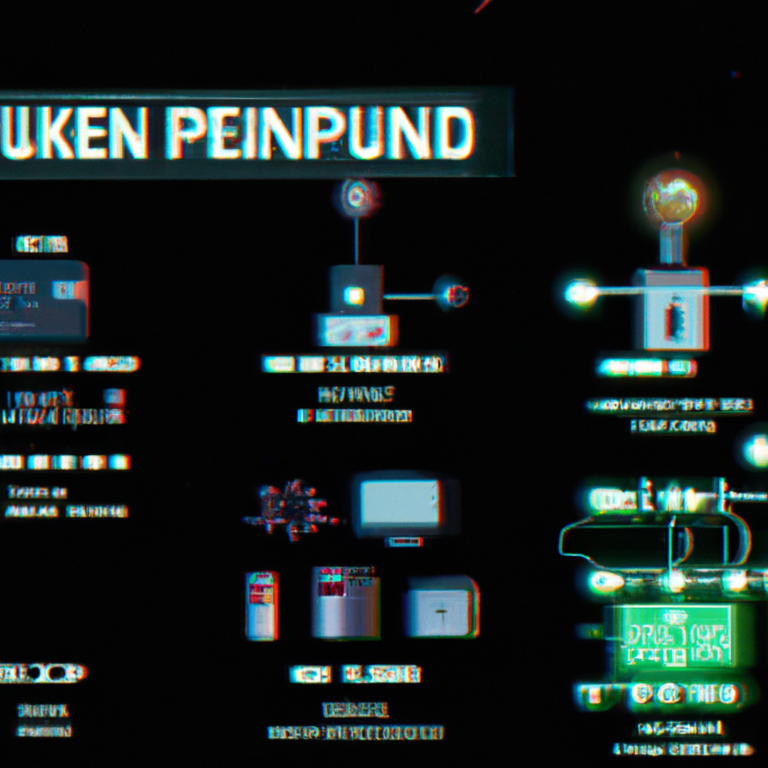“Mastering the Art of Crafting Engaging Storylines for Video Games”
Creating engaging storylines for video games is a crucial yet challenging task. The narrative not only needs to be enticing, but it also has to complement the game’s mechanics, art, and sound. This blog post will offer a step-by-step guide on how to create compelling storylines for video games, ensuring your game is not just a visual treat but also a captivating storytelling experience.
1. Understand Your Audience: The first step in creating an engaging storyline is understanding your target audience. Are they casual players looking for a simple, relaxing experience, or hardcore gamers who seek deep, complex narratives? Comprehending your audience’s preferences helps you shape the plot, characters, and overall narrative structure.
2. Create Relatable Characters: Characters are the heart of any story, and in video games, they serve as the player’s vehicle through your narrative. To make your story engaging, the characters should be relatable, multifaceted, and undergo a development arc. Players should identify with the characters’ struggles, aspirations, and growth, which will motivate them to progress in the game.
3. Develop a Strong Plot: While an engaging plot doesn’t mean it has to be complicated, it should be coherent and have its twists and turns. The plot should also align with the gameplay mechanics and objectives. Ideally, the gameplay should drive the story forward, creating a seamless blend of mechanics and narrative.
4. Integrate Story and Gameplay: Gameplay and story should work hand in hand. If your narrative is intense but the gameplay is trivial or disconnected, players might lose interest. The actions and decisions made by players should impact the storyline, fostering a sense of ownership and immersion.
5. Use Environmental Storytelling: In video games, the environment can be a powerful narrative tool. Subtle clues such as wall graffiti, scattered objects, and architectural style can tell a story about the game world. This indirect way of storytelling adds depth to your game and encourages exploration.
6. Include Choices and Consequences: One way to make your storyline engaging is by providing players with choices that lead to significant consequences. This not only creates a dynamic narrative but also provides replayability. When players see their choices affecting the storyline, they feel more invested in the game.
7. Test and Iterate: Lastly, creating an engaging storyline is not a one-step process. It involves a lot of testing and iterating. Feedback from playtesters can help you understand if the story is resonating with the players, or if the narrative is confusing or disengaging.
Creating an engaging storyline for a video game is like crafting a living, breathing world. It requires patience, creativity, and a deep understanding of your audience. By following these steps, you’ll be well on your way to creating a video game narrative that captivates and enthralls your players.





